A new housing development in Tsawwassen, Vancouver is seeing 950 new homes built just next to a 325-acre agricultural land. The project is based on the concept of a farming-centric community, which opposes unsustainable practices of big agriculture and attempts to draw a closer connection between people and the food they eat. According to the sustainable-living-centred, mixed use, pedestrian-oriented design, the residents and the farm will co-support each other through a smaller-scale marketplace for hyperlocal food model.
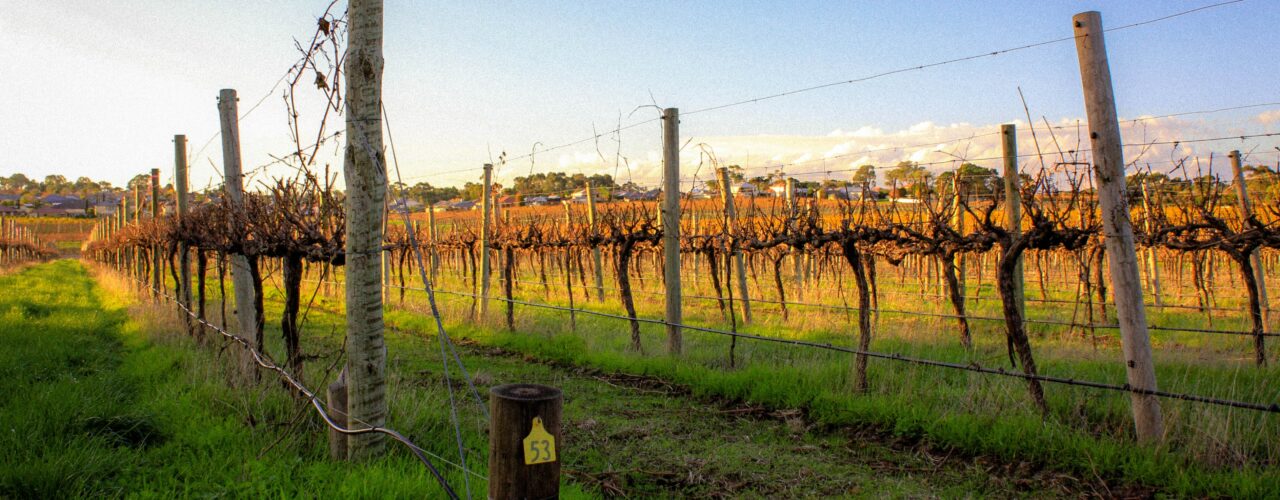
So what?
If the economics of this project work, can this model be replicated elsewhere, building smaller-scale farming into a new way of life?
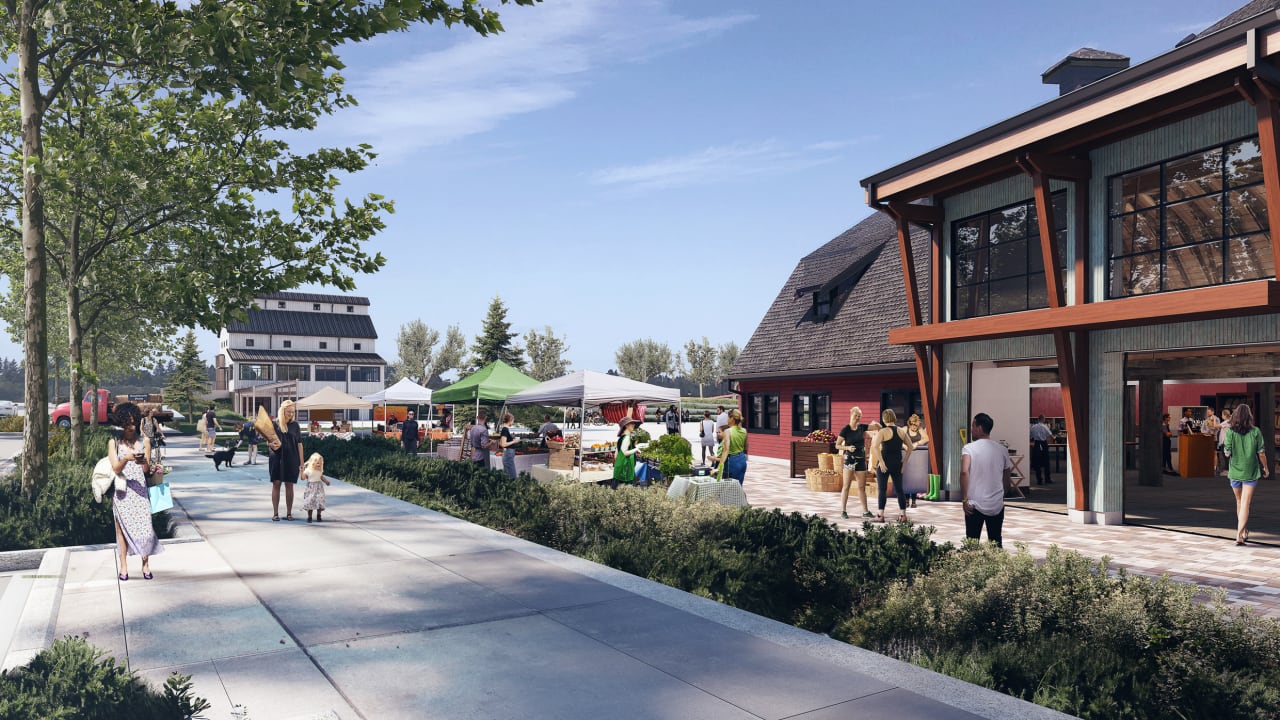


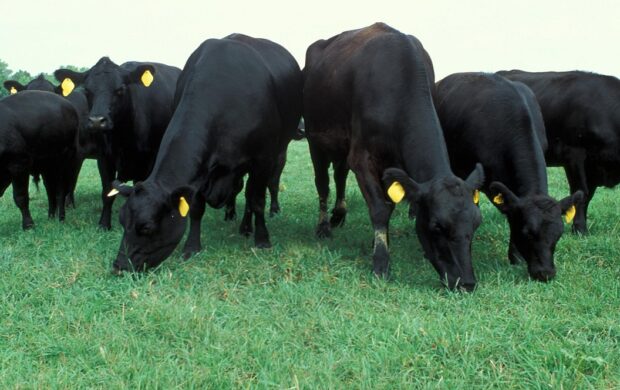
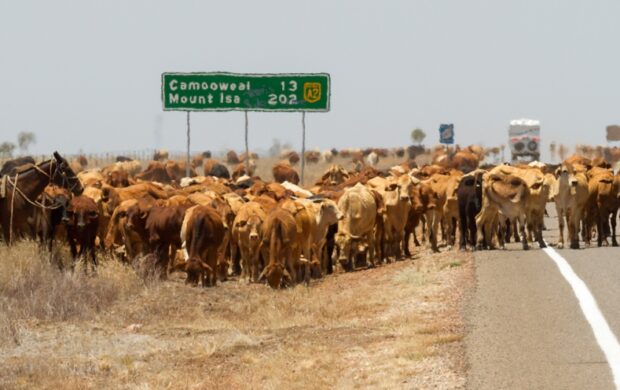

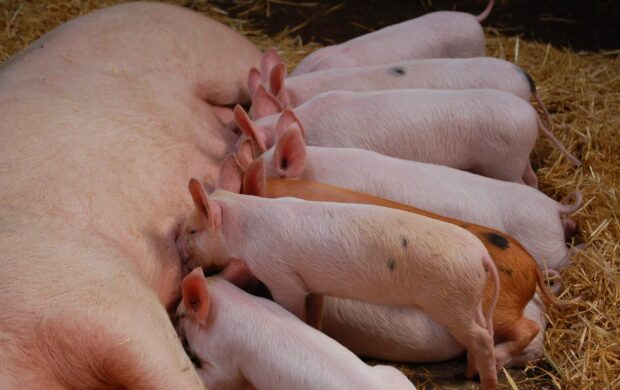
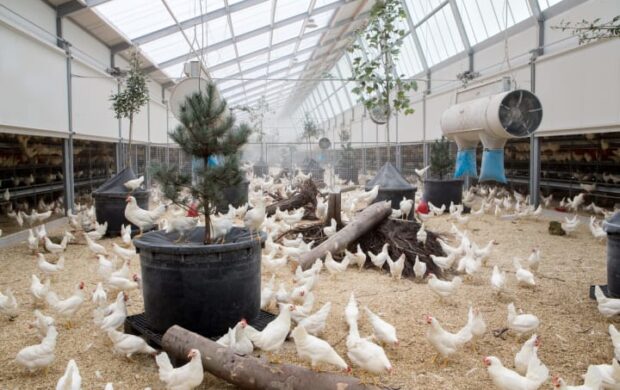





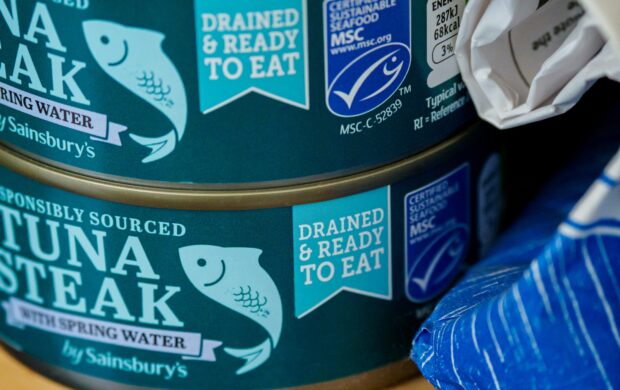

Join discussion